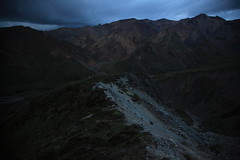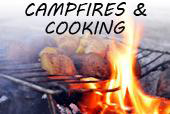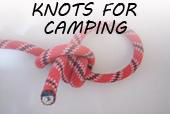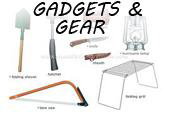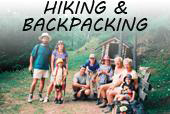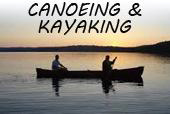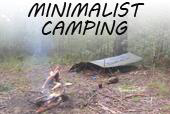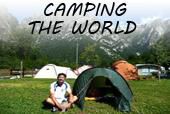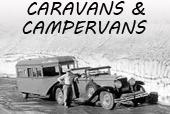One of the biggest dangers of backpacking is not being attacked by a bear or a mountain lion; it comes from a much larger force, the cold. Hypothermia occurs when the body’s temperature becomes abnormally low. Hypothermia might not seem like it is very dangerous, but when the body’s temperature drops from 37.5 degrees Celsius to below 32 degrees Celsius, hypothermia can become life threatening. Hypothermia occurs from inadequate protection against exposure to the cold. Hypothermia can occur not only in winter, but also summer. Preventing hypothermia can be done by following a few simple steps.
There are a few key symptoms to spot hypothermia. The first symptom is uncontrolled shivering. When a person becomes cold, the body shivers to create heat. This uses the body’s energy and when the energy is no longer sufficient to heat the body, they body will shake uncontrollably and the body’s system may shut down. Another symptom of hypothermia is unclear speech and stumbling while walking. The person may not know what is happening and cannot think clearly. In cases of extreme hypothermia, a person may lose consciousness which can be potentially deadly.
The prevention of hypothermia begins with packing your backpack. When packing your backpack, make sure you are packing appropriately for the climate you will be in. When you pack, you want to make sure that you bring extra dry clothes. When clothes get wet, they lose the capability to retain heat and your body will not be able to produce the heat that it was previously able to create. Dry clothes become very important when clothes get wet. You will also want to pack layers of clothing. When you do this, you can start off wearing all the layers of clothes, when your body creates energy, it will become warm. At this point, you can take off a layer to cool down while hiking. When you stop for a rest or for the day, you can add layers to keep your body warm.
Before beginning your trek, check the weather. If the weather looks like it will be cold and wet, you may want to decide to cancel the trek, or delay it until the weather is better. By doing this, you are decreasing the chances of hypothermia.
Another way to prevent hypothermia is by wearing appropriate clothing. You will want to wear good hand and feet protection. Try not to wear constricting wrist bands, socks, and shoes. Constricting clothes lowers the circulation of blood which prevents heat from being transferred. 